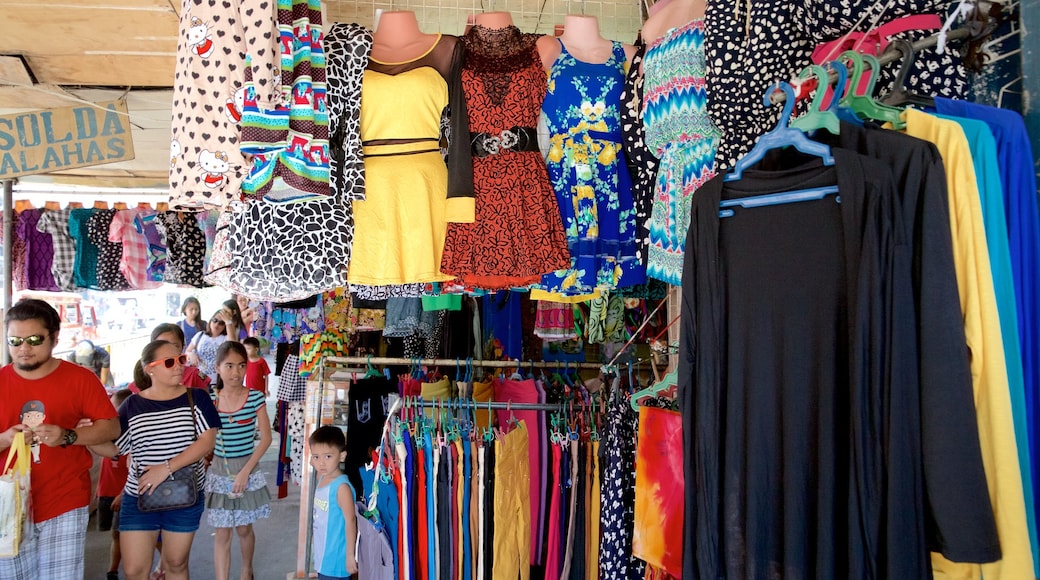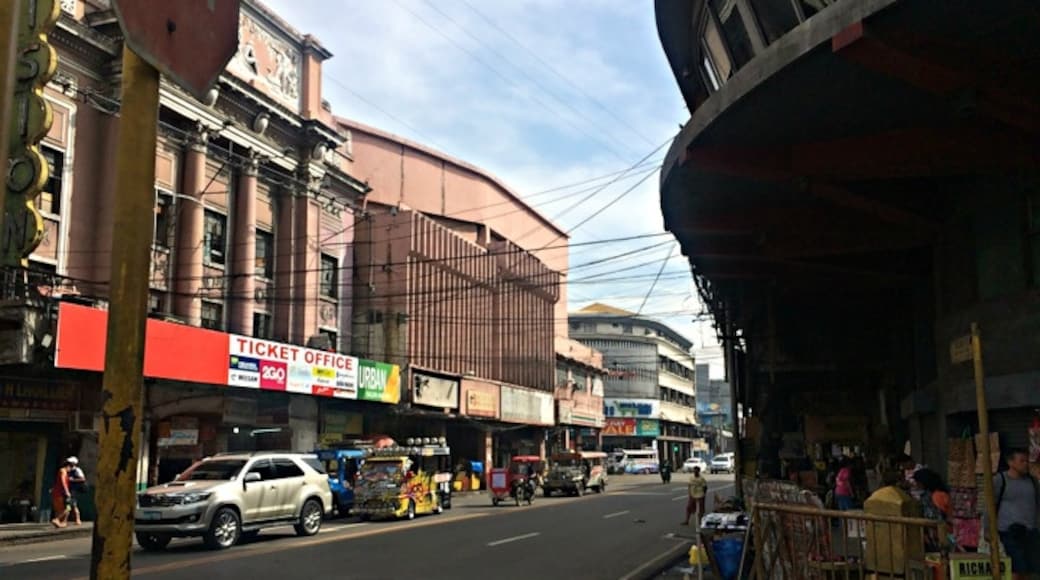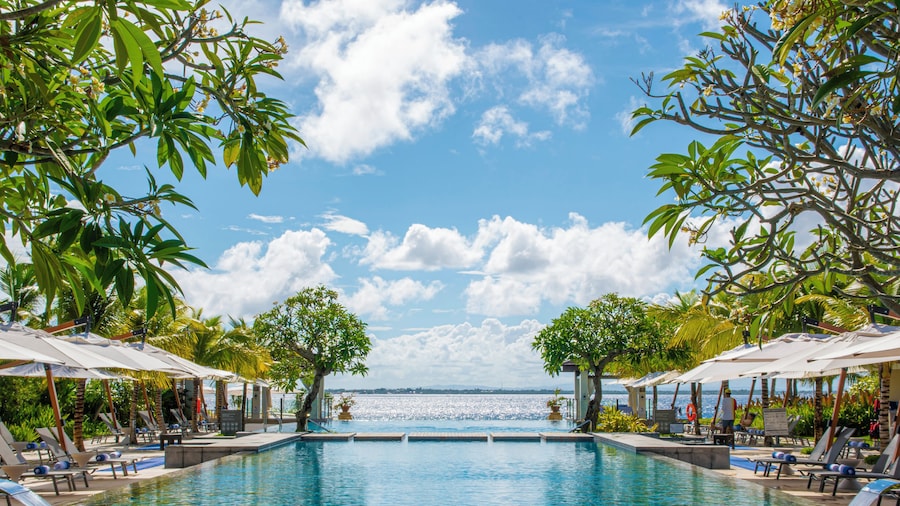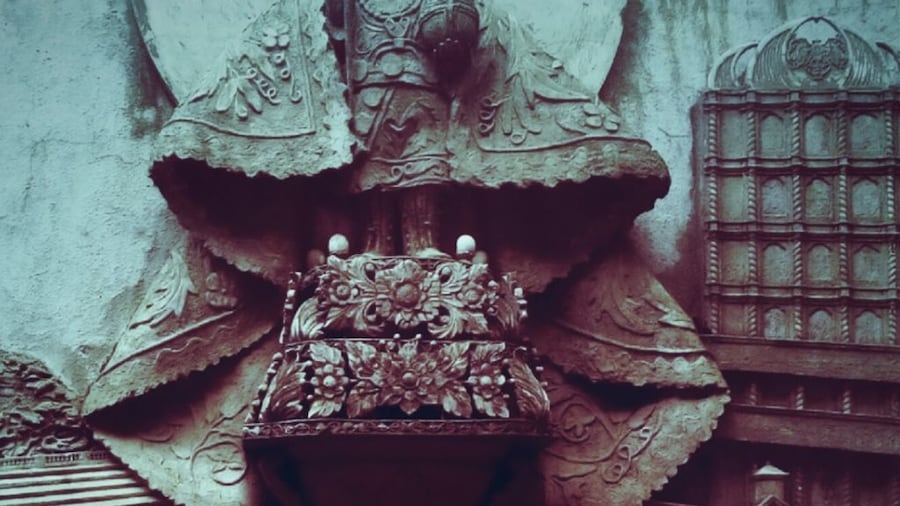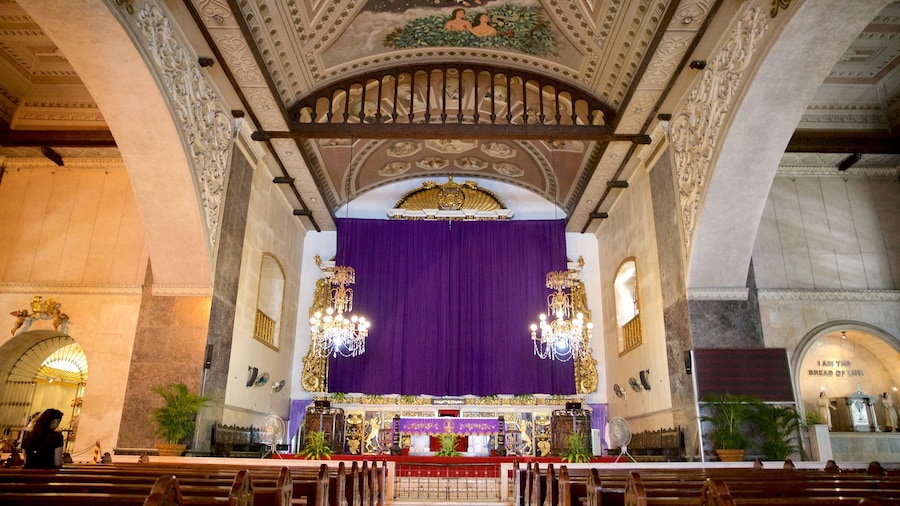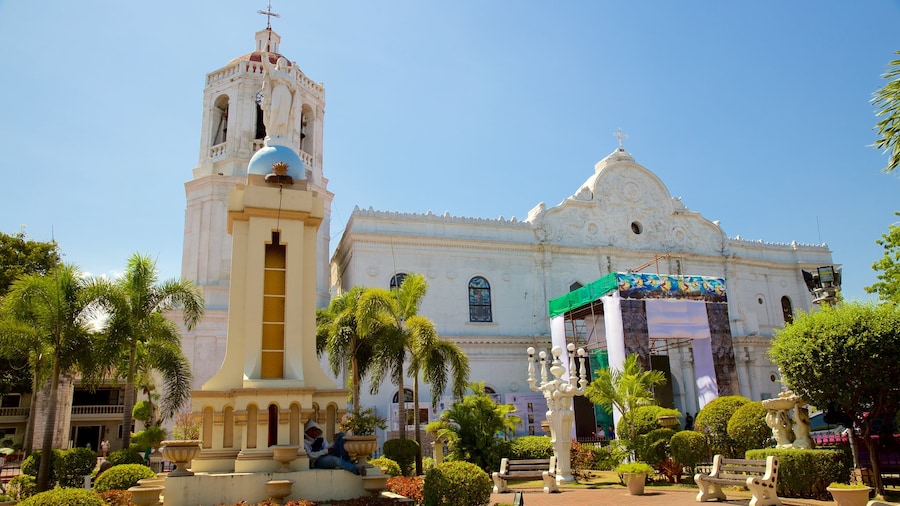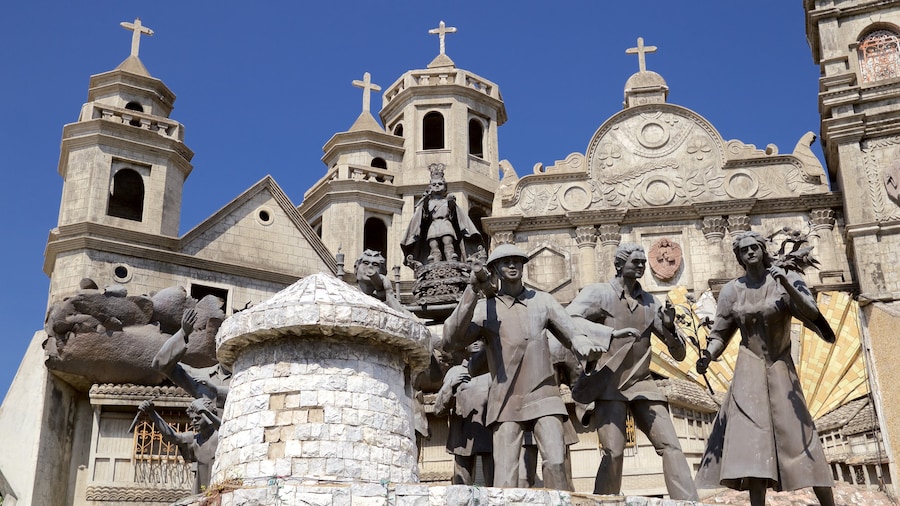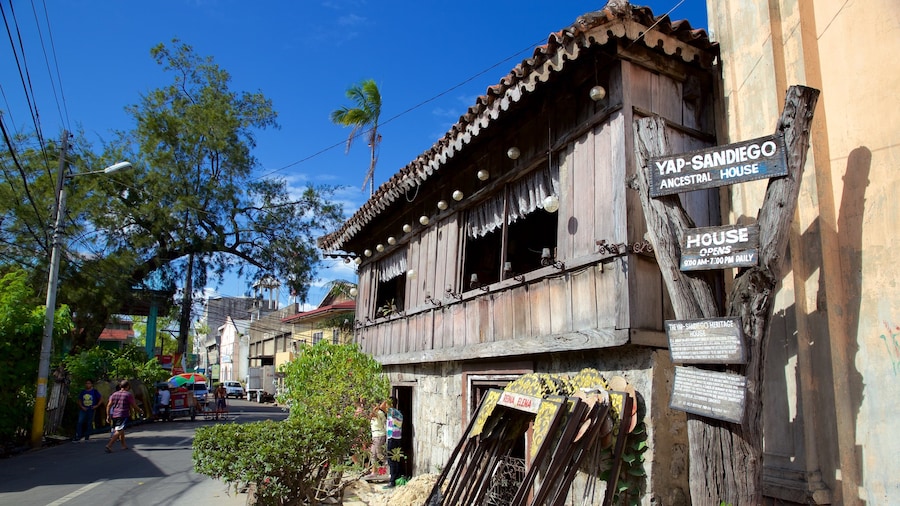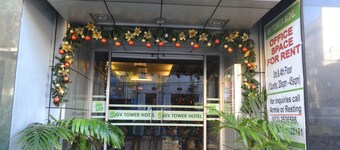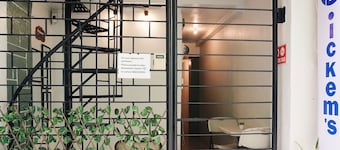Find out about Cebu’s rich history and Spanish colonial roots with a trip down possibly the oldest street in the Philippines.
Colon Street is a preserved, important part of Iberian history in the country. The avenue dates back to the 16th century and was part of the initial town plans of conquistador Miguel López de Legazpi. Get a glimpse into the local culture with a trip down this traditional road.
This street is considered the traditional heart of the city. Watch a film at one of the old movie houses and dine on flavorful Philippine cuisine at a restaurant. On the eastern part of the street look for the grey Colon Obelisk. A plaque on its black base details a brief history of Cebu.
Marvel at the nearby Heritage of Cebu Monument, which comprises various metal artworks that depict attractions and scenes from the city’s history. Cross the road to reach the Yap Sandiego Ancestral House, said to be the oldest residential home in the country.
Visit the Cebu Metropolitan Cathedral, which has a squat design and a whitewashed façade. Admire the many sculptures and depictions of religious figures that adorn the frontage and the interior.
A few blocks south is the Minor Basilica of the Holy Child and the iconic Magellan’s Cross. Continue southeast to Fort San Pedro, which overlooks the spacious Plaza Independencia and the harbour.
Hear about the history of the street, which served as one of Cebu’s main commercial districts in the 20th century, before many shops moved into larger malls. Wander down the road at night, when it is warmly lit by lanterns. Be careful of your belongings in this area, as pickpockets have been known to operate here. Note that the road takes its name from the Spanish appellation for explorer Christopher Columbus.
Colon Street is in the historic quarter, adjacent to the traditionally Chinese neighbourhood of Parian in the southeastern part of the city. Take a bus or jeepney to one of the many stops along the street and around this popular sightseeing neighbourhood. Taxis are relatively cheap and drivers will know the street.
